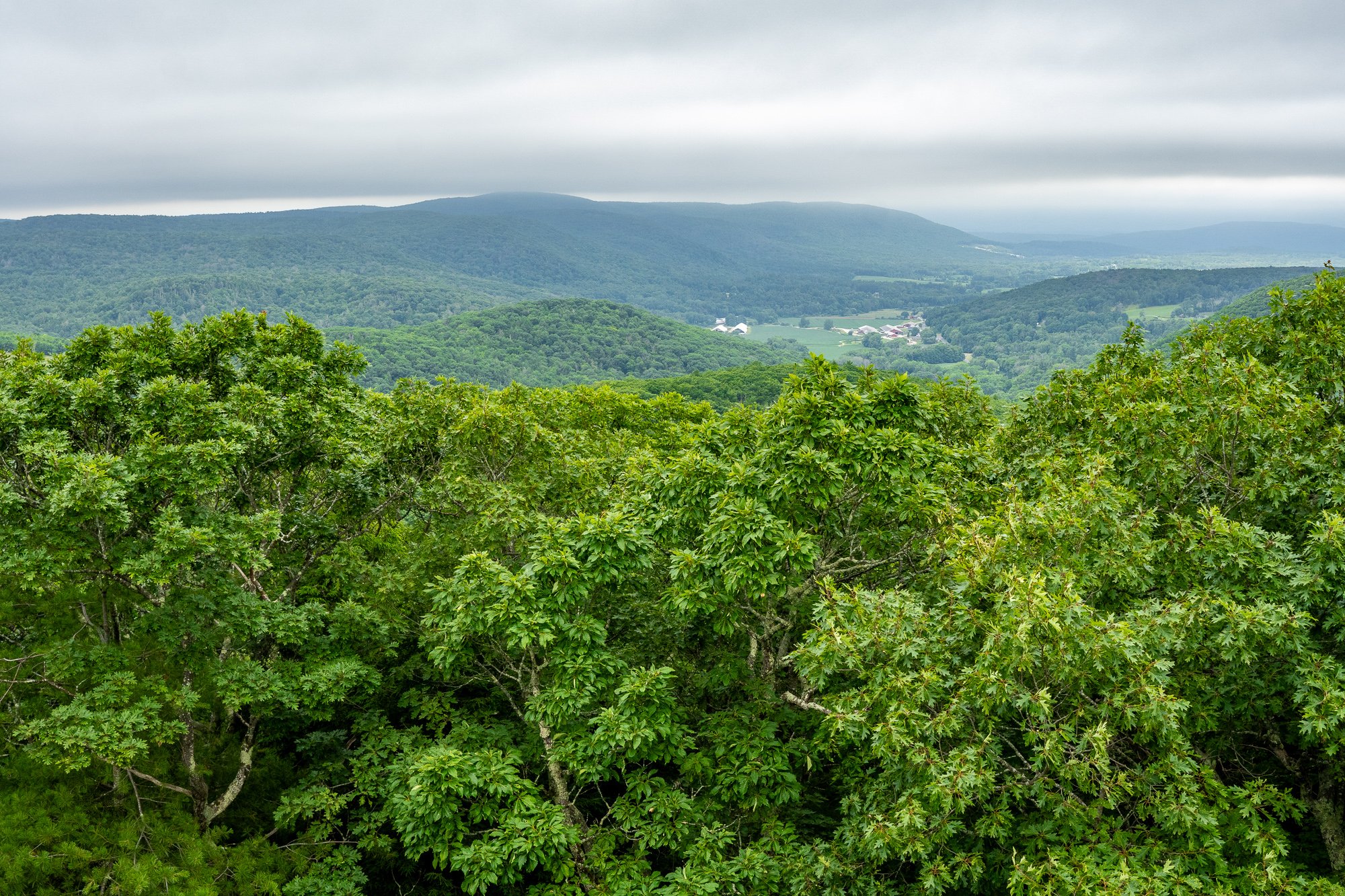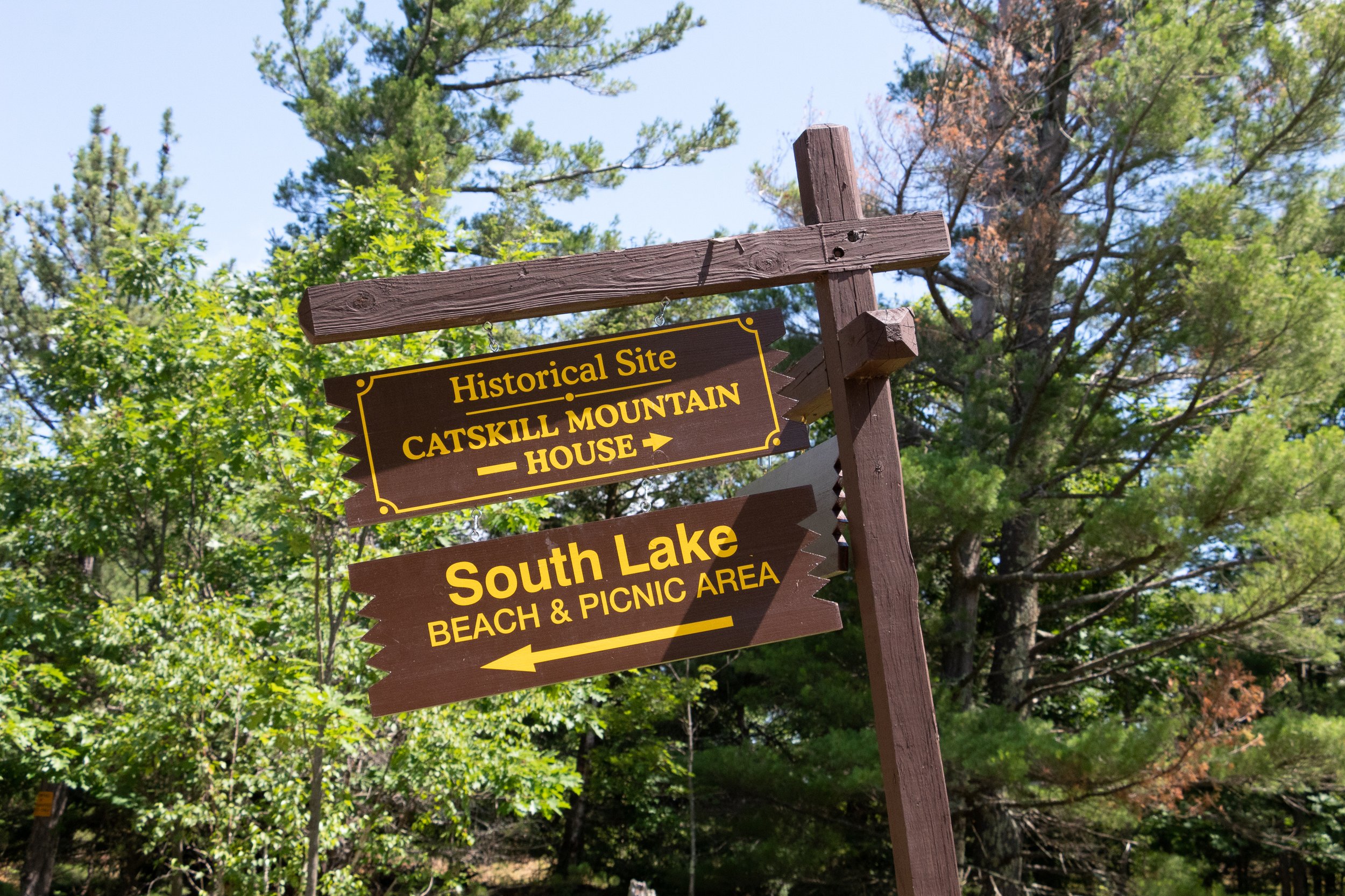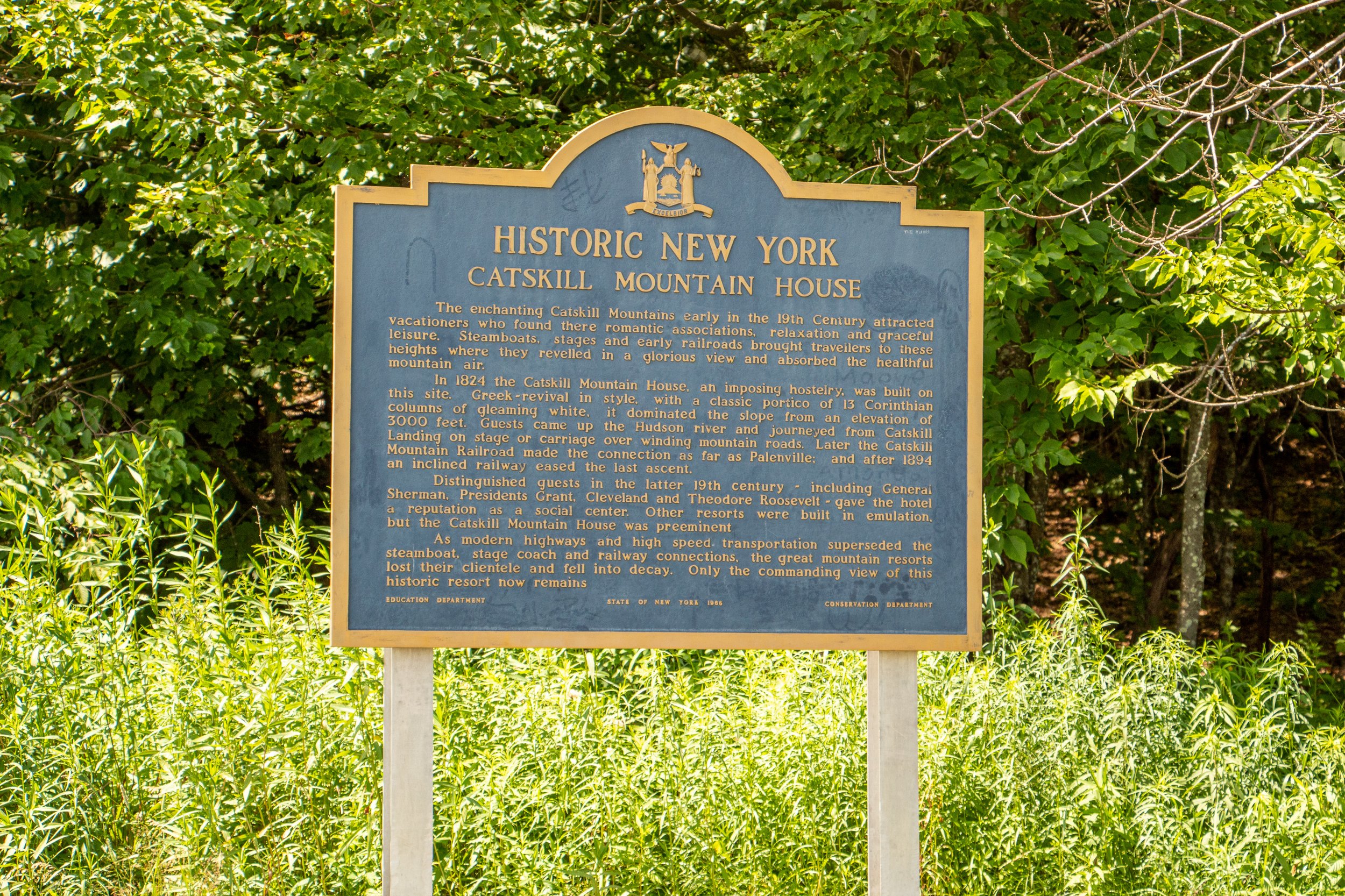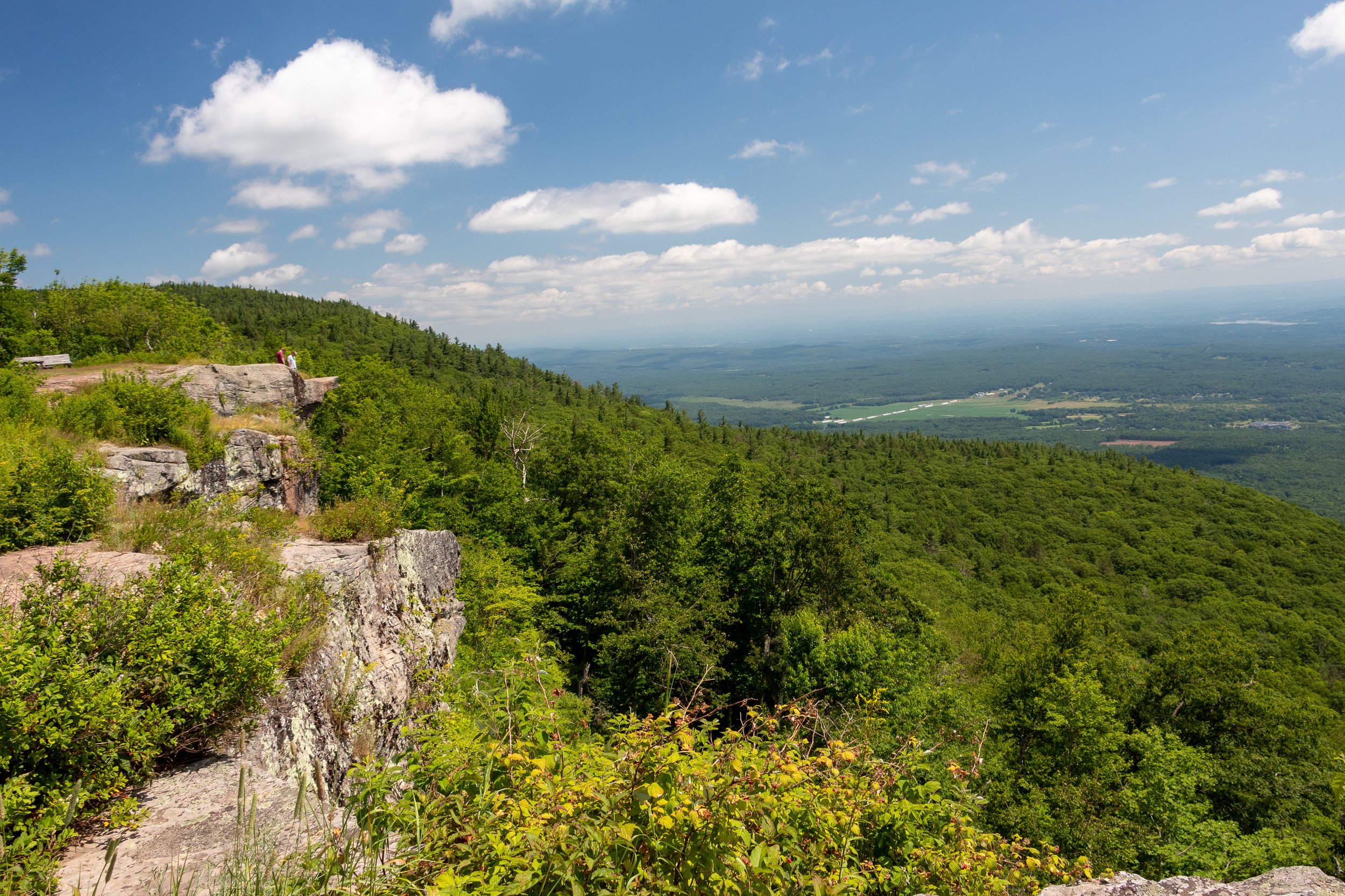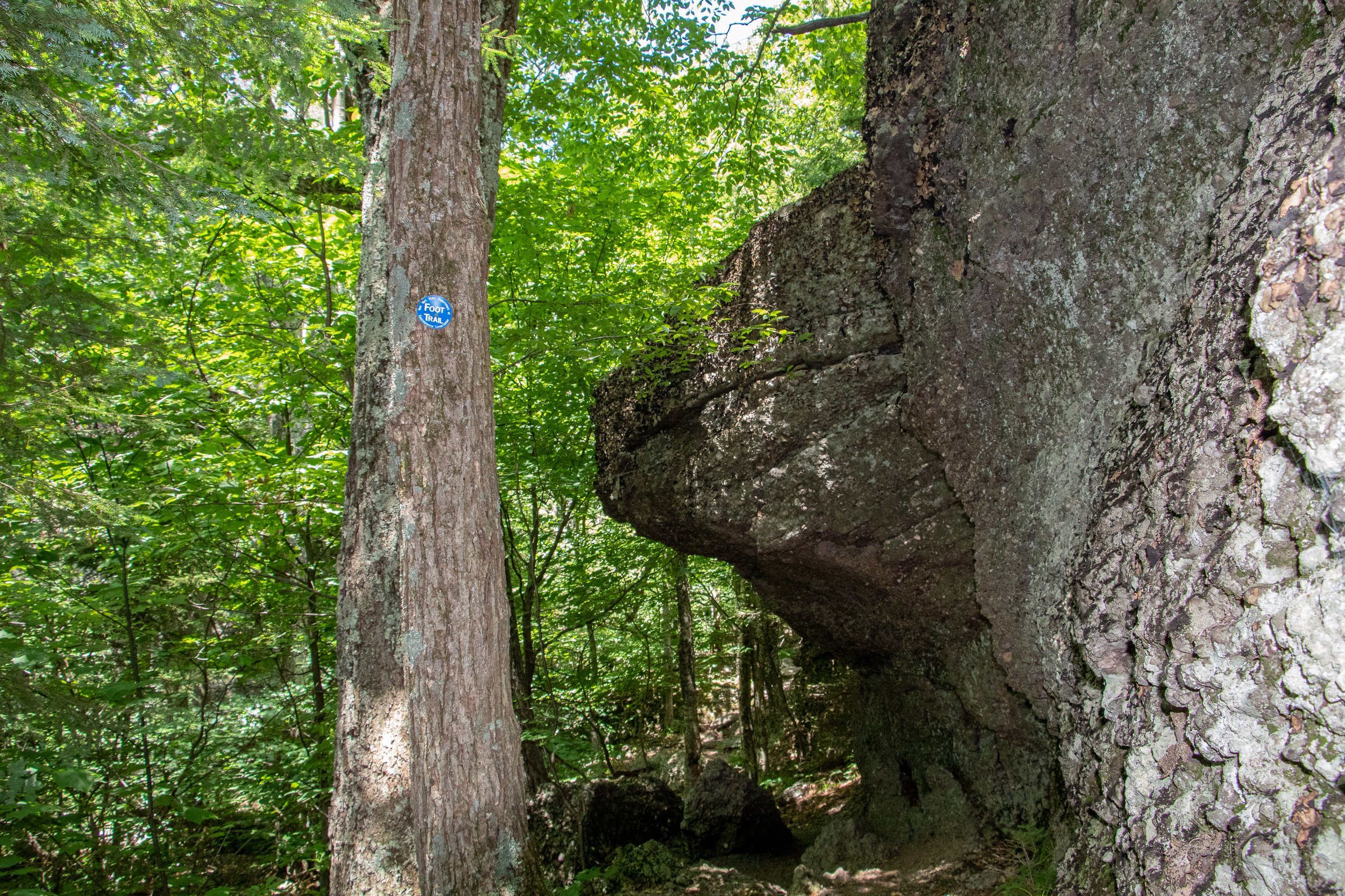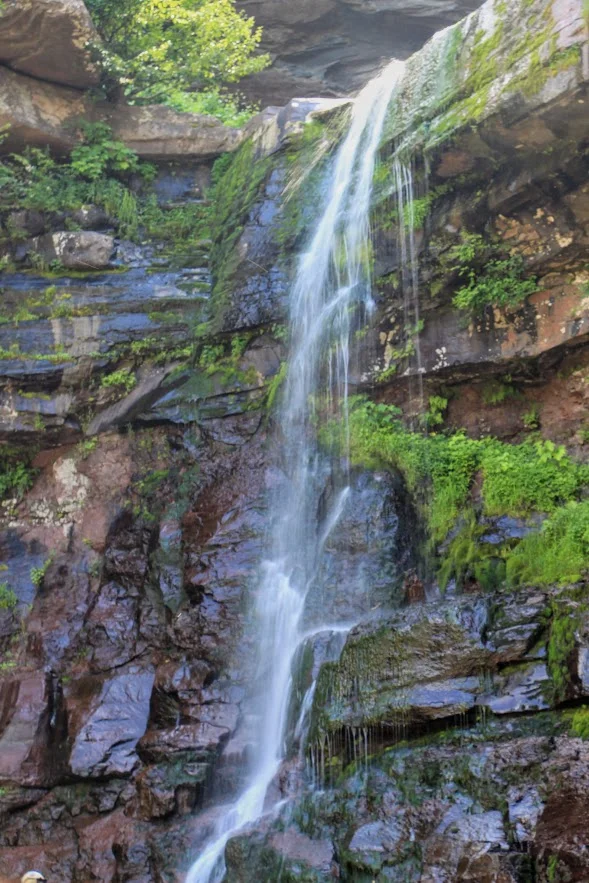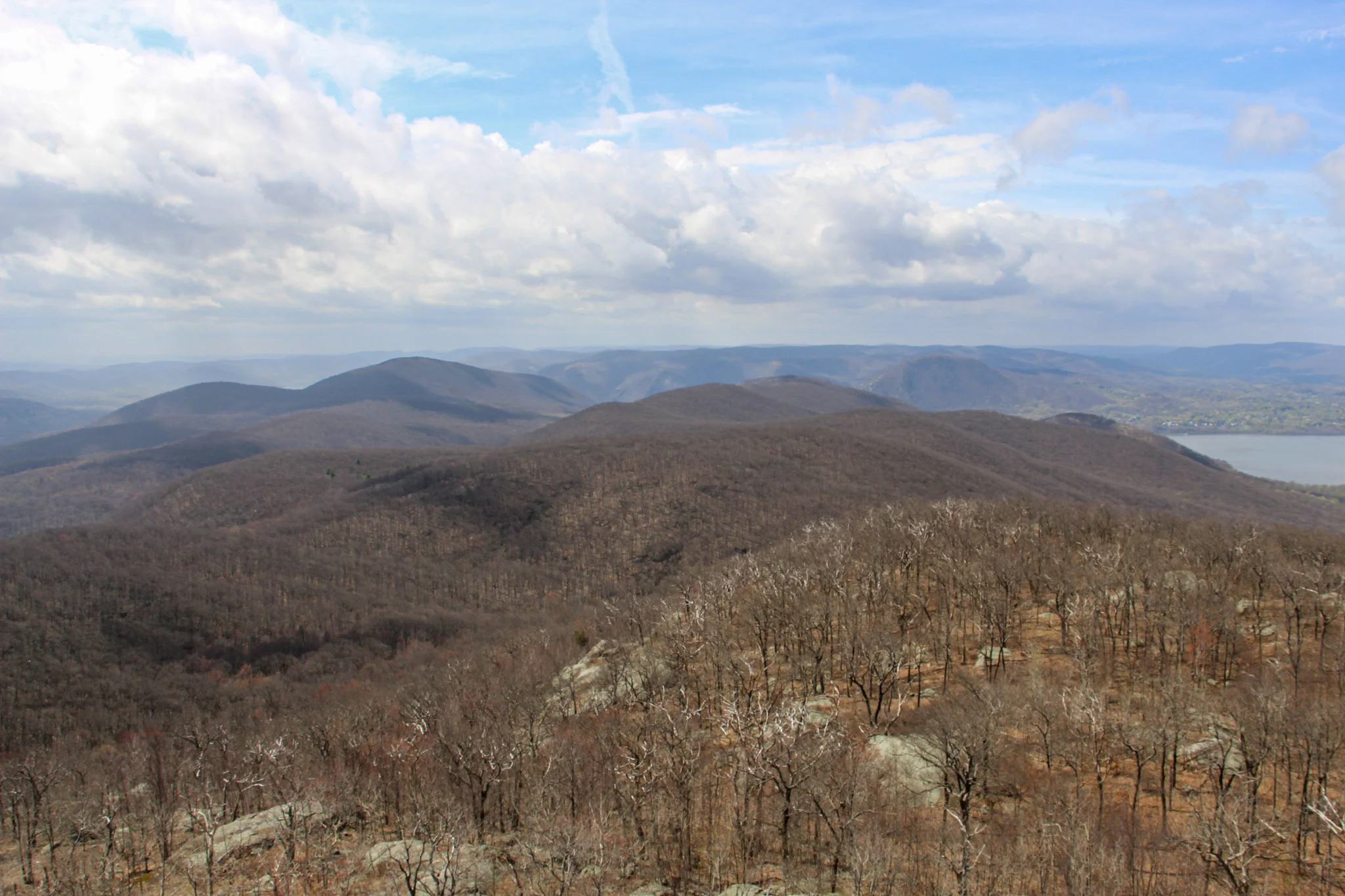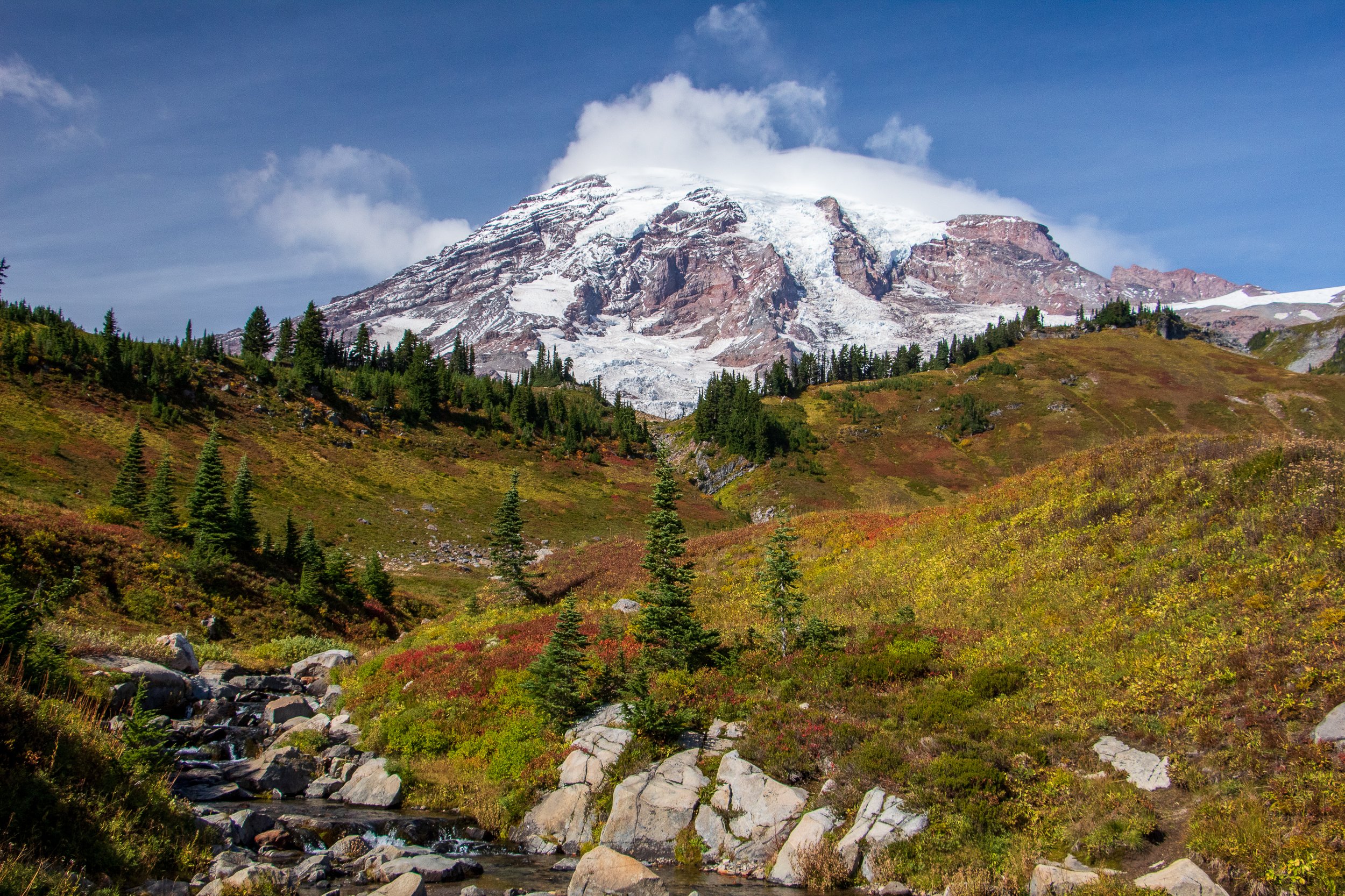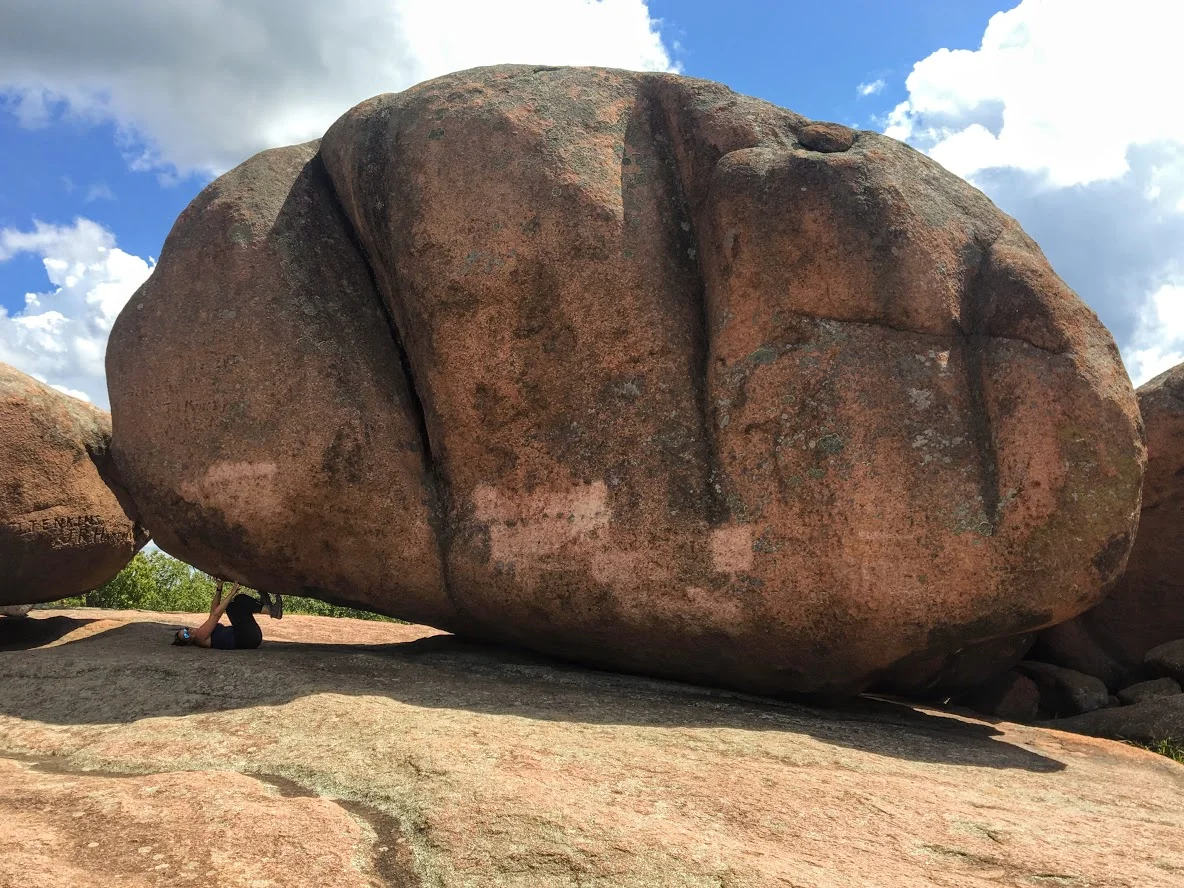The Zion Narrows is not an everyday hike. The hiking is different, the planning is different. Without question, this is one of the most popular hikes in Zion National Park, if not all of the National Parks. And, one of my personal bucket list hiking adventures. I wanted to put together a guide of knowledge that I thought was helpful for me before I attempted this hike. There will be lots of items below that may seem intimidating. But I am telling you, this hike is something that you will remember forever. One of the best experiences I have had hiking and I hope the same for anyone else who takes on this adventure. For more on Zion National Park, check out my full park guide to plan your next trip, click here.
About the Zion Narrows
The Narrows is a popular “trail” that leads you through Zion Canyon and the Virgin River with twists and turns through the stunning slot canyon less than 20 feet wide in some areas stretching 15 miles. Red canyon walls tower thousands of feet above, catching sunlight that lights up the otherwise dark passageway. Most of the journey you’ll be ankle-deep in water, but depending on the river’s flow that day there may be some chest-deep or even swimming sections. Proper planning and gear is important for this hike.
The Narrows hike stretches 16 miles from start to finish. However, depending on your route you can hike up to what you are comfortable with. There are 2 ways to do this hike, Bottom-Up or Top-Down. Bottom-Up is the most popular and can be a day hike, as you can turn around when you want. Top-Down could be a very long and challenging day hike or most likely an overnight, two day backpacking trip.
This hike is unlike any other. It is a full on adventure. For instance, there is a lot more to think about hiking the Zions Narrows: water flow rates, flash floods, gear, permits (if applicable), and walking miles on rocks in a river. This may sound daunting but I assure you this experience can be enjoyed by all levels of hikers. I cover all of this in my guide so you can feel comfortable and knowledgeable for the best experience.
HOW TO GET THERE
For the Bottom-Up route of this hike, the roads to the Narrows trailhead are closed to the public and only buses are permitted. Hence, you will need to take a shuttle to get to The Temple of Sinawava trailhead. You will have to park at the Visitor Center, which is near the West Entrance of the park closest to the town of Springdale. The Visitor Center is located inside the park and has its own parking lot. If that parking lot is full, you can try to park in a lot outside of the park and walk over.
At the Visitor Center, the Zion Canyon Shuttle to The Temple of Sinawava trailhead is available free of charge. This is a first come, first serve shuttle. Once on the shuttle, get off on shuttle stop #9, which is the last stop. The shuttle ride from the Visitor Center to the trailhead is approximately 45 minutes.
Hiking Tip: You want to get on this early in order to spend ample time on the hike. Depending on the day/season, this could be overwhelmingly busy. I recommend getting on the shuttle by 8-9am in order to start the hike no later than 9-10am.
If it is a busy time and the wait is cutting too much into your hiking time, another option is to book through an outside shuttle company like Zion Guru, who are permitted to enter the road to the trailhead of the Narrows. This option will cost you more as a roundtrip ticket will cost about $40 per person, but it’s a solid option to avoid potential busy lines for the Zion Canyon Shuttle.
The Top-Down trailhead starts at Chamberlain’s Ranch. This requires a second vehicle or paid shuttle. It takes one hour and 30 minutes to drive from Springdale to Chamberlain’s Ranch.
Hiking Tip: Don’t miss the last shuttle. Or else it is another 4 mile walk to the Zion Lodge and then you need to figure out how to get back to the Visitor Center!
Best Time to Hike the Zion Narrows
In the Spring, the trail is typically closed in the March to May timeframe when flow rates are high from the snow melting and spring run-off. This could vary based on the winter weather conditions. Also, the weather is cooler and the water is much colder. And, yes flow rates are yet another thing to worry about prior to hiking. When the water flow is low, hiking is easier. The flow rate of the Virgin River is measured by Cubic Feet Per Second (CFS). The river is open with flow rates 0-150 CFS, which is considered to be safe hiking rates for bottom up hikers. For top down hikers, flow rates of 0-120 CFS is considered safe. Under 50 CFS is considered easy and over 70 CFS makes the hike a lot more challenging with the faster current and higher water levels. The park’s website will have this info daily as well.
Summer is a great time to hike the Narrows. The weather is excellent with high temperatures. The days are longer, shuttles run all the way to 9pm, and the water in the river is at its warmest. However, the park is crowded this time of year and the weather can be scorching. In addition, the monsoon season creates the highest risk of flash floods during this time.
Fall is another great time to hike the Narrows. The crowds start to diminish and the flow is at his lowest in the river. However, the air temperature goes down as does the water temperature. On September 30, the last shuttle pick-up time of the day is 7:15 pm, cutting your adventure by 2 hours.
This can be done in the Winter but the temperatures, air & water, are much colder. The shuttle bus does not run often, only on certain days. And, snowfall can potentially close the trail.
Personally, me and my wife went in the second week of May and everything worked out great. It was high 70s to mid 80s, which to me felt like 100 degrees! The temperature of the water was cold, roughly 45 degrees, but the gear we chose helped us not even notice how cold it was.
Before you go: Flash Floods
Monitoring the forecast for rain is one of those extra items to worry about if you are looking to hike the Zion Narrows. With rain, the potential of a flash flood in Zion Canyon is very possible. However, Zion National Park does a great job providing info on their website and issuing flash flood warnings. Even with a clear blue sky, the Narrows can close due to a rain forecast nearby.
There are sections of the Narrows with no high ground. Water levels rise very fast when a flash flood occurs in the canyon. There have been deaths with hikers being caught during a flash flood. I do not think this should deter but always proceed with caution. Always check the weather and the flash flood potential before planning your hike.
Can Beginners Hike the Narrows?
In short, of course! A lot of the information and what you read may sound frightening compared to most hikes, but the key to this hike is preparation. I couldn’t wait to hike this but my wife did not have that same sentiment. We just made sure to check all of the boxes that made us both comfortable. If that didn’t happen, we would probably haven’t done it. We researched the gear, watched the weather, spoke with Rangers on the flow rate and we were good to go.
To be honest, the trickiest part is your footing on the rocks in the water and any current that comes along. There is no elevation to worry about. Tons of hikers of all levels, children with families and older people. At any time, you can just turn around and head back.
It’s simple, if all the boxes don’t check, don’t go. But if they do, I highly recommend the time of your life and a memorable experience you will not forget.
WHAT GEAR DO I NEED?
At this point of my life, sometimes it is better to take the easy route. I researched and researched all the gear needed for the Narrows hike. And, it was a lot. Lugging that around on the plane and then spending the extra money on items I don’t have and would possibly never use again. My very smart wife said, stop being stubborn and let’s just rent it. That’s what we did and I have zero regrets. We would have enjoyed our hike less without all the gear I may not have purchased myself. No stress, just enjoyment.
There are quite a few rental equipment companies near the park. Our hotel was a 5 minute walk to the South Entrance and there was a Zion Outfitters across from the hotel, where we saw countless hikers each day go and rent for the Narrows. What they suggest to use, I would say is 100% needed. There are multiple rental options. What we went with was the Dry Bib package, which costs $55 per person that includes: Dry bibs (waders), Adidas Hydro Lace Canyoneering Boot, 5mm Neoprene Socks, and a Wooden Hiking Stick.
The Narrows bottom-up is quite the unique challenge in comparison to most hikes. You will be hiking in a river. Proper footwear, accessories, and clothing are essential.
Shoes - It’s all about grip and traction on the rocks. Canyoneering boots are waterproof and designed for the slippery conditions of this hike. I could not see myself getting by without them. You could use anything you want, but these are optimal for beginners in my opinion.
Neoprene Socks - These socks are very tight, waterproof socks that protect your feet and keep water from entering your boot. This will help prevent blisters. And, depending on the water temperature, keep your feet from getting cold.
Clothing - During the colder months, dry pants will help keep you warm and dry. Hence, we went with the full waders through the rental company. Quick dry, light clothing will be helpful as you go further and the water rises up or if you end up falling in. Bring extra layers as the canyon can get chilly, such as a light jacket, even in summer months.
Walking Stick - The rocks are darn slippery. The hiking stick helped me not fall flat on my face and keep my balance.. If you have your own hiking poles, make sure they are very sturdy.
Dry Pack or Waterproof Bag - This will be everything carrying necessary items such as water, snacks, extra clothes, and sun protection. Snacks and water are necessary if you will be hiking most of the day.
Waterproof Cell Phone Case - This was helpful so I could take pictures without fear of dropping my phone. I did not have it in me to bring my camera along for the trek with concerns of the water. But I did not see a few brave hikers with expensive cameras willing to risk it all.
2 WAYS TO HIKE
From the Bottom Up: This is the route most people will take. By far, the more popular of the two. No permit required. Taking the Zion Shuttle to The Temple of Sinawava trailhead, start at the Riverside Walk. This will lead you upriver for several miles. When you have taken in all the scenery, simply turn around and go back the same way you came. The farthest you can go without a permit is Big Springs, which will make your journey roundtrip 9-10 miles.
From the Top Down: This is for the adventurous hiker. A permit is required for this route. This is a 16 mile trek one way from Chamberlain’s Ranch to The Temple of Sinawava. If you make this a two day hike, you will reserve your campsite when you reserve your permit. For permit details and other info on this hiking route, I suggest doing a quick google. Lots of info out there by some good bloggers/websites. I did not take this route so I can’t speak in depth.
THE HIKE BOTTOM-UP
Trail Info: Distance: up to 9+ miles (1-8 hours) Difficulty: Moderate to Strenuous (depending on water flow/distance) Trail Type: Out & Back Permit required: No Elevation: Mostly flat
The Zion Shuttle will drop you off at the last stop, the Temple of Sinawava, where the trail begins. The first mile will be paved on Riverside Walk along the Virgin River. After one mile, there is a drop off and it’s time to enter the river. This can be a crowded start as all the other hikers on the bus will be right with you. Take your time. The water is cold and the rocks are slippery immediately. Acclimate yourself to the rocks before you increase your pace. I almost fell a few times. Unfortunately for my wife, she took a fall right in catching herself enough to keep her face dry. Her upper body was pretty cold after that.
Sometimes you will walk on small rocks and other areas in the hike will be larger rocks. It is flat but the terrain does change. Then add in the water levels. Sometimes it is ankle deep, knee deep, or even waist deep. Sometimes it’s deeper or more shallow depending on the time of the year. There are even areas where you can swim, but we did not reach that far into the canyon. We went in May and it got up to my thighs and my wife’s waist at its highest. Given, we are shorter people.
The further you go into the canyon, the more narrow it gets. The beginning is the most crowded part of the hike for the first mile or two. The farther you go, there will be less crowds. The first landmark you will come across is Mystery Falls. This is a very small waterfall that flows down the canyon walls into the Virgin River about a half mile into the river. I mean small, you could easily miss it.
The next section is Wall Street, the most popular and well-known part of the hike. This is also the most narrow section of the hike, just after the Orderville Canyon junction. The canyon walls are only 22 feet apart. There is no land to go on, just water so be cautious about flooding here. This is about 2 miles into the water, 3 miles total from the trailhead. Most hikers reach this point and turn around.
The last known landmark is Big Springs, about 3.5 miles into the water. This the furthest you can go on the Bottom-Up route of the Narrows. A permit is required to proceed past this.
You can turn around any time. If it feels too difficult or not safe, just head back to the trailhead. Even hiking the shortest amount in the water will give you amazing views that other hikes do not offer.
ADDITIONAL TIPS
Before you go, always check Zion National Park’s website for conditions and closings, https://www.nps.gov/zion/planyourvisit/index.htm.
The shuttle season is typically from March to November.
Use the bathrooms at the Temple of Sinawava before you start. There are no bathrooms or privacy once you are in the river.
Be prepared to get wet. Your feet and parts of your lower body will be submerged in water, or your whole body if you fall in! Dress appropriately as the water can be very cold. And, bring spare clothing and shoes for after the hike.
Leave no trace! Please ensure to clean up after yourself.
HIKING FOR DONUTS
Hi, I’m Mark. I live in Connecticut. I take new trips every chance I get. A good trip has a great hike, great food, and something fun to do. My goal is to search out new trips and share them to inspire others to try something new and exciting.
If you are looking for posts in a particular place, search City or State here.
SEE OTHER POSTS IN ARCHIVE
RECOMMENDED POSTS
RECENT POSTS
See the latest on Instagram and follow @HIKINGFORDONUTS






